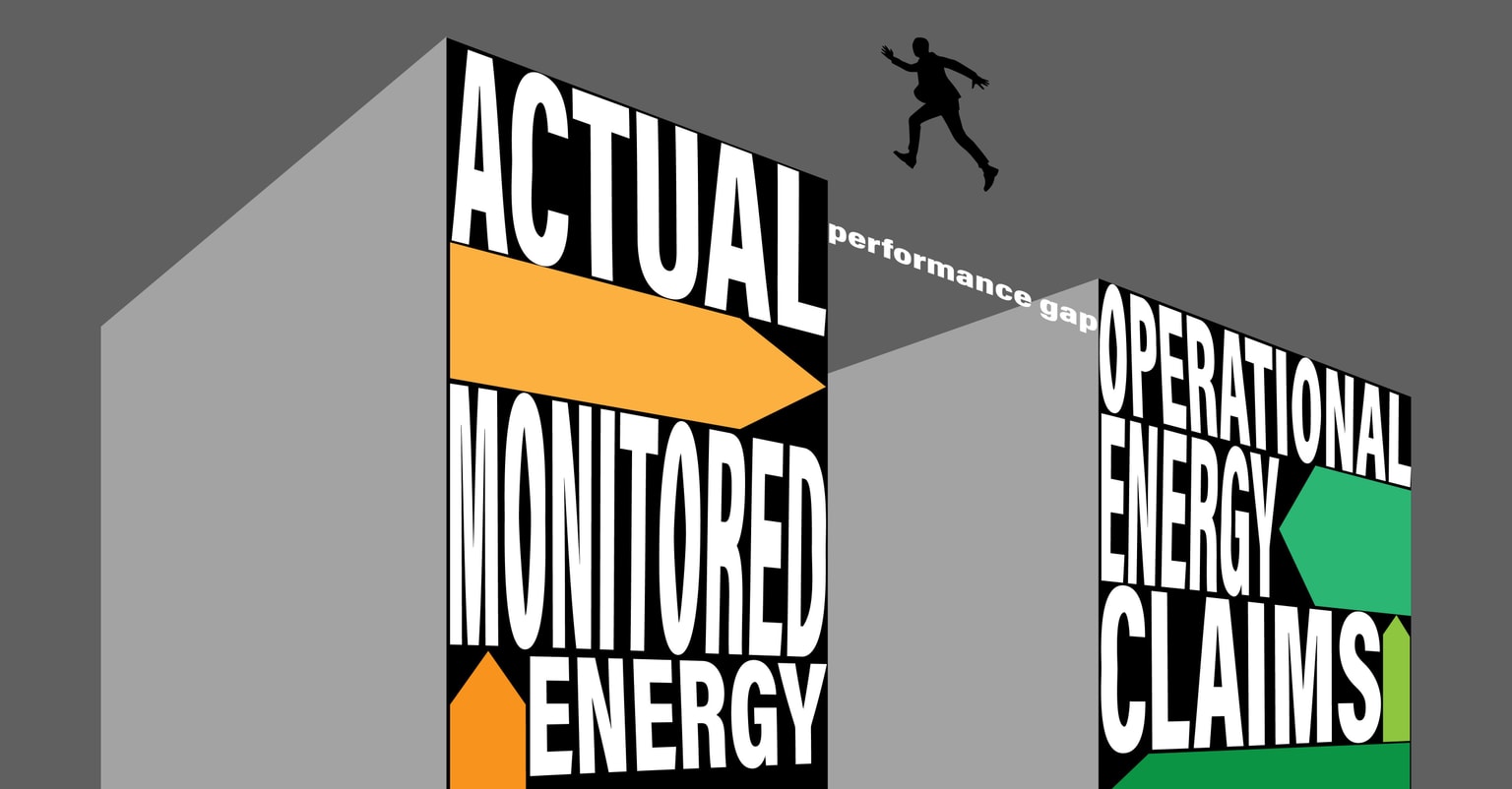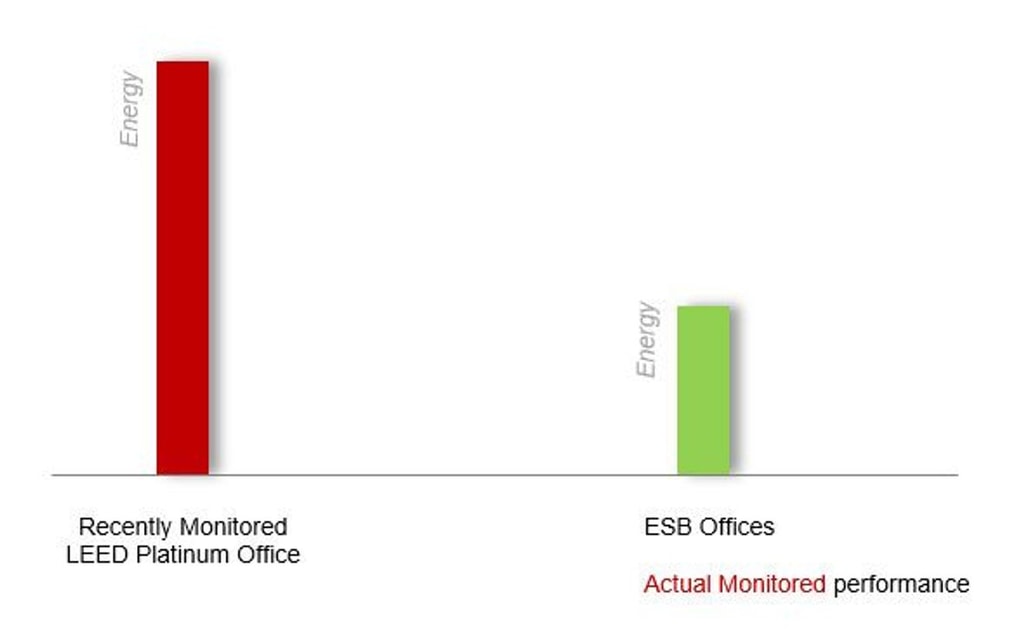Is the Performance Gap Really a Truth Gap?
“The performance gap” is the phrase used to describe what happens when the energy bills for a building bear little resemblance to the energy estimates tabled by the project team at design stage.
“The performance gap” is the phrase used to describe what happens when the energy bills for a building bear little resemblance to the energy estimates tabled by the project team at design stage. It is then often proposed that there are unknown or unexpected reasons why the energy performance of most buildings don’t reflect the design claims and that this “gap” in knowledge needs to be closed by developing new calculation methods.
When reviewing claims made in marketing literature against energy monitoring results from buildings it seems likely that we may often be dealing with a truth gap rather than a gap in knowledge or calculation techniques available. A competent engineer should be capable of carrying out an accurate calculation of the likely energy performance of their design, but there is considerable pressure to report figures that are seen to be equivalent to what the rest of the industry is reporting. The problem is self-perpetuating with each building encouraged to claim a lower performance than that claimed by the last.
The actual, monitored performance of buildings is then rarely reported because those results can appear unreasonable in the context of unreasonably low projected marketing targets claimed. There are various tricks that can be used to justify unrealistically low energy estimates. One often used technique is the reporting energy results from SBEM models which were never intended to be used as an estimate of real energy usage.
Within the SBEM calculation there are then further commonly used techniques to achieve lower reported results than are justified. Techniques such as using water cooled chillers to ensure that the fan and pumping energy used is not picked up by the calculation or adjusting design lighting levels to improve results. Another technique that is in active usage is to quote future benchmark target data as if it were a prediction of performance. For example, some buildings have claimed that they are designed to achieve the LETI 2030 targets for energy performance on the basis that their fabric design is similar to that suggested by LETI as being necessary to achieve such energy performance. The LETI targets are however in some cases intended as aspirational, or motivational targets rather than reflecting or promising an actual monitored energy usage. They were never intended to replace detailed energy calculations!

The perpetuation of unrealistic energy targets has resulted in an environment where a building that offers accurate predictions of energy usage is likely to be perceived as a poor performer when compared with other marketing claims. The use of environmental assessment methods such as LEED and BREEAM can also mask the performance gap with some marketing material confusing a LEED assessment result with an indication of energy performance. There are many buildings that have impressive environmental certificates but a dismal energy performance.
These holistic assessment methods were not intended to be indicators of energy performance and unfortunately can assist in masking a buildings real energy performance or give the buildings a false environmental legitimacy if used as the only metric of sustainability. CIBSE TM54 is a calculation methodology that was introduced in 2013 to encourage designers to calculate the energy usage of buildings more accurately.
The method is still open to manipulation but if the principles of the method are followed carefully, it will result in an acceptably accurate assessment of likely energy usage in most cases. The method closed most of the historic performance gaps by ensuring that missing energy usage such as parasitic loads were included in energy calculations. If the method is applied by an experienced engineer with a history of energy monitoring, then it can offer a reasonable level of accuracy. It can reasonably be argued that the performance gap died a long time ago but the gap between reported energy performance and known predicted energy performance is alive and well!

This image shows a comparison of the actual monitored energy usage in a sample, recently completed LEED platinum office compared with the monitored energy usage within the recently completed ESB headquarter office building. The image stresses the point that while a building with a LEED platinum certificate may have an excellent energy performance, the certificate alone is not a guarantee that a buildings energy performance in practice will be exceptional. In some cases, the certificate may even mislead as to a building’s actual performance if viewed in isolation.